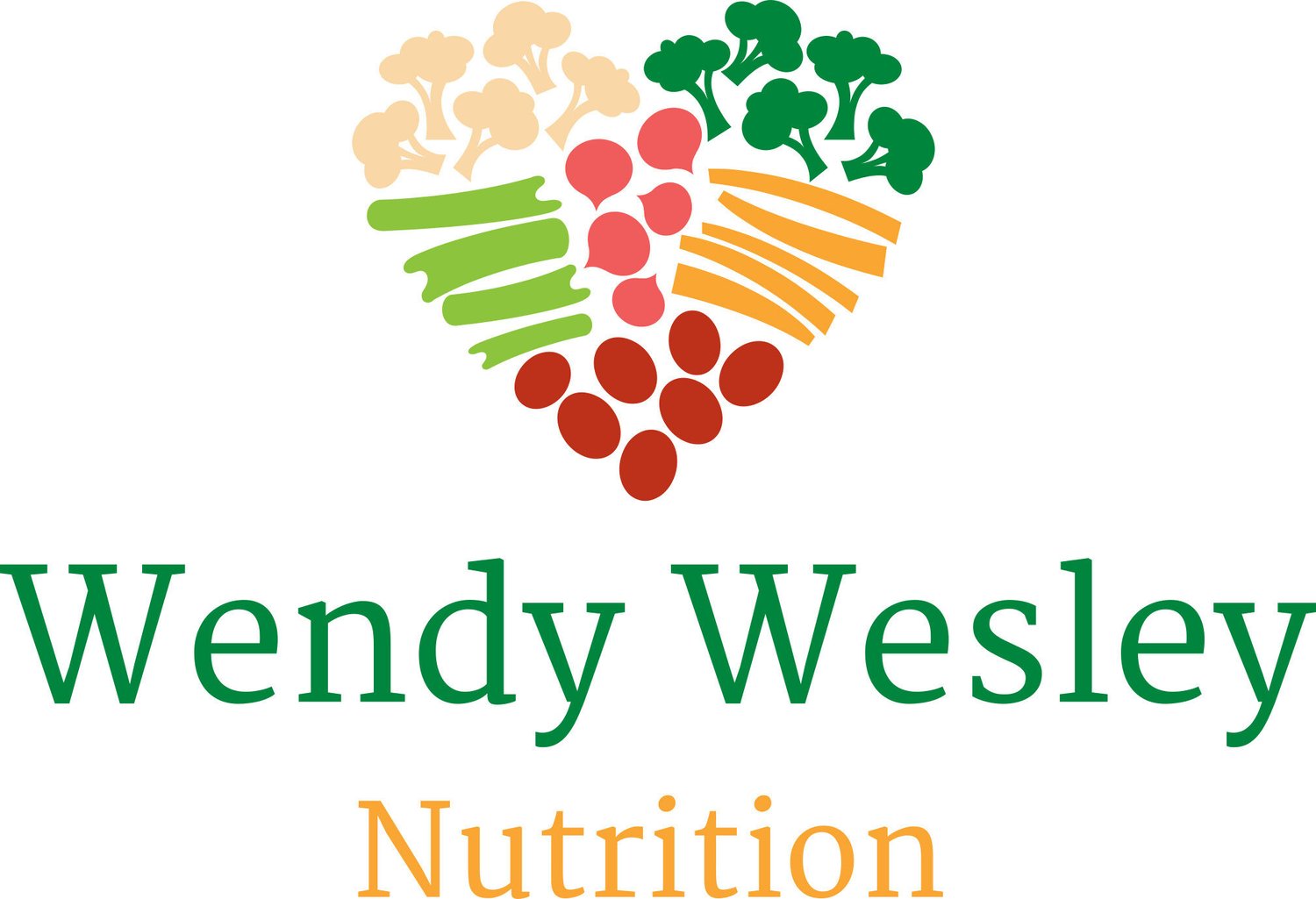Residents of Midtown struggle without a grocery store. This is the story of one man whose health severely declined after the closing of the area's only store.
With feet wrapped in bandages the man hobbled up to the table where I was standing.
I noticed the gait first and then the wrapped feet crammed into flip-flops. His heels were hanging off the edge. A volunteer at the table I was visiting knew him.
“Hey, Charles. How’s life?”
“You know, I can’t complain,” he said. “I’m alive.”
I was at the Enoch Davis Center learning about youth farming, volunteer time banking, sustainable agriculture and a lot of other interesting things people in my City are fired up about but if was Charles’ story that made the most impact.
I was introduced as a dietitian and nutritionist he wanted to ask me questions about food and diabetes. I learned he is a middle-aged man with a past medical history of type II diabetes, congestive heart failure and chronic kidney disease at the fourth stage which is pre-dialysis. With several hospitalizations under his belt over the past two years Charles pointed to the closing of the Walmart grocery store as the fast catalyst for his worsening health.
“I used to walk there,” he said. “Every other day I walked there and got fresh vegetables and fruits, nuts and other stuff that I would store in my room.”
“So, how do you get groceries now?” I asked.
“I don’t,” he answered. “Since that store closed I’ve been eating junk from a gas station. Chips and crackers and stuff. And that’s when things got bad for me.”
Charles told me he lived in a rooming house in the Midtown section of south St. Petersburg, Florida. With one refrigerator that was common to all residents, Charles said he couldn’t trust his roommates to not steal food items he put in the refrigerator but could lock non-perishable foods away in his room. He had access to a full kitchen with a stove and microwave oven.
With this information we began to run down the list of shelf-stable items he could store in his room that would be within the limits of his diet. We discussed many strategies and seemed to be making some ground. But then Charles abruptly stopped and wondered aloud where he was going to get these foods. I had to admit: we were stuck.
Charles suspected his current gas station diet was exacerbating his heart failure and kidney failure. Then I confirmed that managing diabetes on highly processed diet was more difficult because of added sugars and lack of fiber. He seemed despondent and hopeless and I was, too.
How could I help a person whose only food choices were packaged, salty, processed food products? How could I help a person who wanted to do better but just couldn’t make it happen because of a lousy food environment? How many people like Charles were impacted by the store’s closing and whose health was failing because of it? And, finally, how much was the loss of one grocery store costing the healthcare system in hospitalizations, medications and other medical expenses?
Charles and I worked together to come up with a solution. He said at the first of the month he had money to take a cab to the super Walmart on 34th Street to do shopping in bulk. We discussed the canned fruits and vegetables he could buy that were safe for his kidneys. But with almost all processed foods comes salt. Prior to the store closing, Charles could keep his sodium low by eating fresh fruits and vegetables. His diabetes, was better managed, too, with access to a grocery store. Now his diet was at the mercy of low fiber, low nutrient-light processed foods.
Standing in the 1-acre field, which will soon become a youth farm and co-op, I taught Charles, as best as I could, to count carbohydrates for his diabetes, limit sodium for his heart failure and restrict proteins and certain nutrients that are hard on the kidneys. Charles said his physician wanted him to be more compliant with his diet. His three diseases, without a proper diet and medications, are fatal.
He was hospitalized a few weeks prior for shortness of breath and lower extremity edema which were brought on by his congestive heart failure. (“They blew up like balloons!”). His leg and foot wounds were cleaned and re-bandaged, he learned his A1c was high (“9 something”) and was told his labs values that measure kidney function were “really bad” according to the nephrologist who treated him.
He was given medications and education but Charles was discharged back to his food environment to begin the cycle all over again.
The lack of access to fresh and frozen fruits and vegetables, beans, legumes, nuts, seeds, grains, meats and dairy presents grave health consequences to the City's poorest and sickest. Many communities across the US have improved or even resolved their food insecurity issues by partnering government, non-profits and local businesses. Some, like Cleveland, have supported grocery co-ops
St. Petersburg languishes far behind other cities of similar size and orientation. Lack of incentive, vision or prioritization elsewhere have taken us to where we currently are while Charles eats orange-colored peanut butter crackers for dinner.
*Charles is not his real name.

